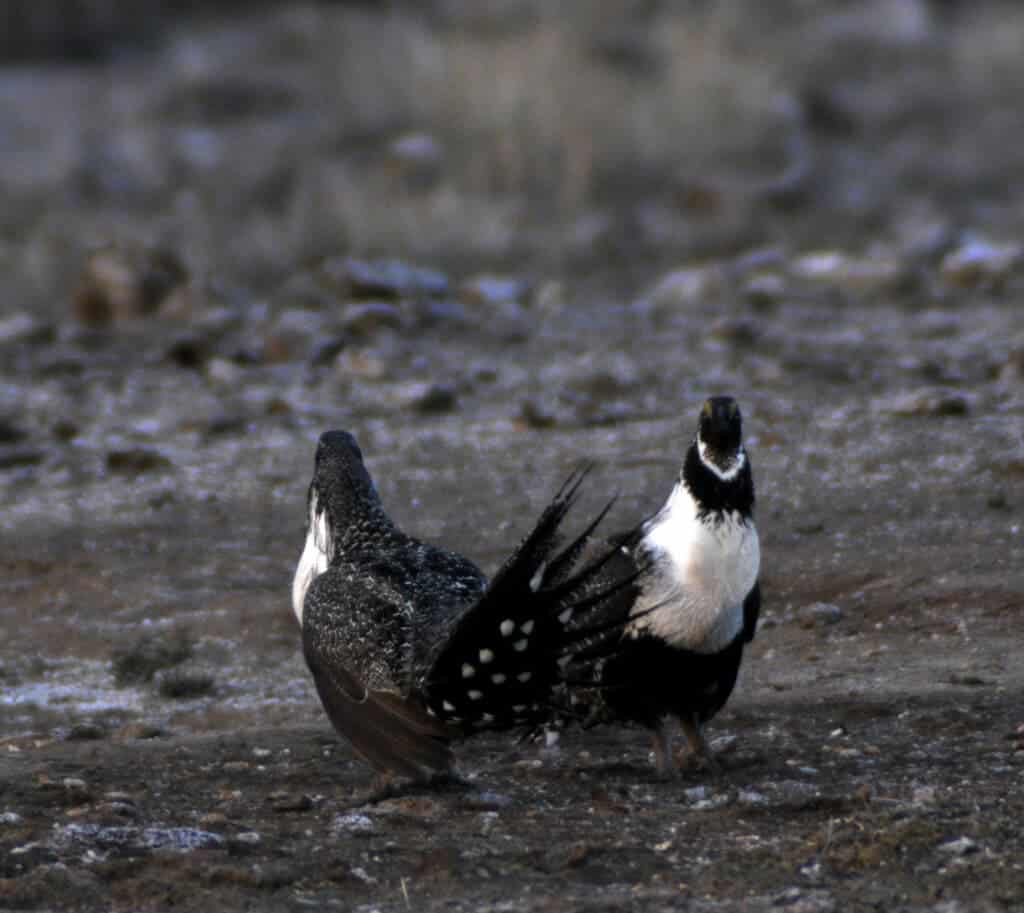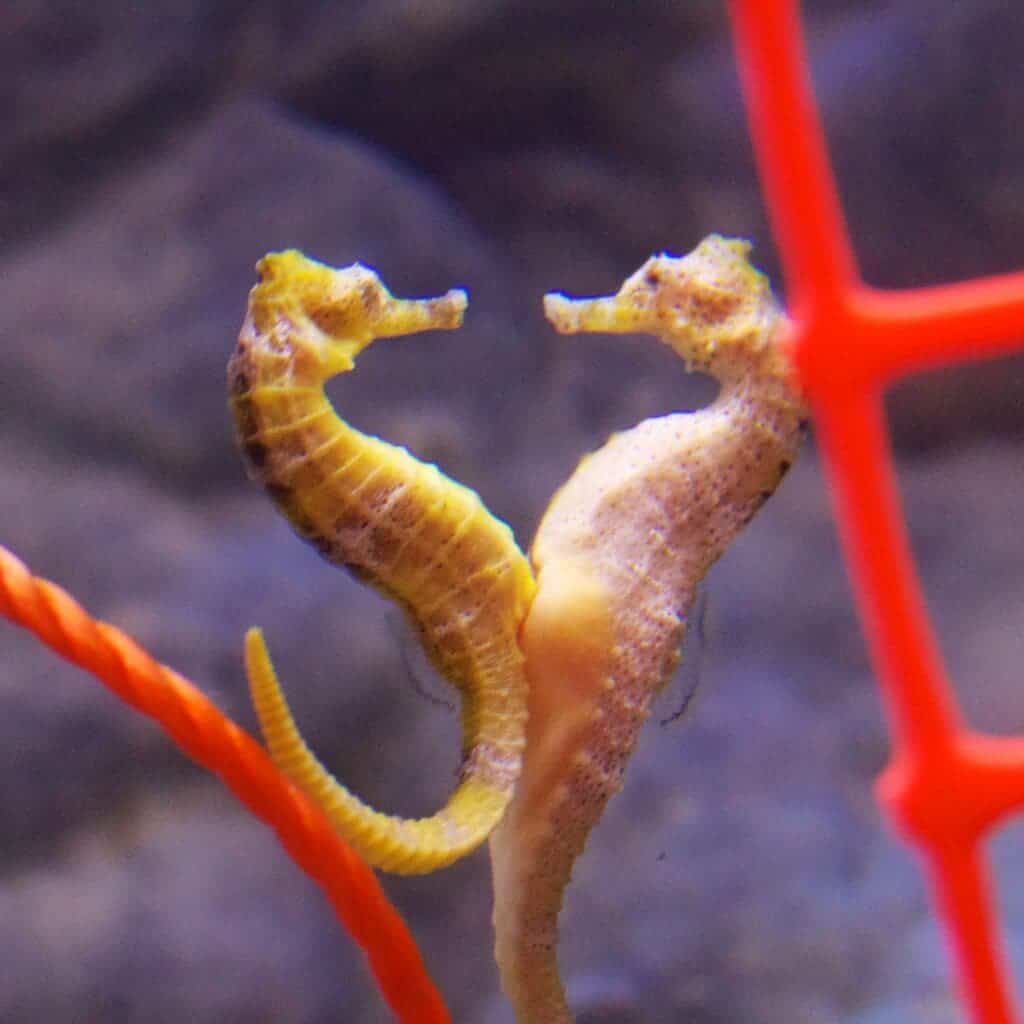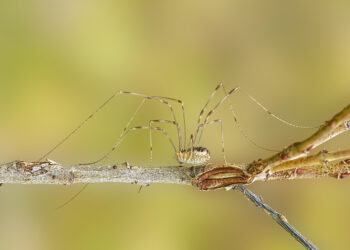
Men chase and women choose. This old-fashioned perspective on dating is also surprisingly prevalent among scientists studying mating dynamics shaped by sexual selection, wherein male animals are seen as more expendable and have to compete for the attention of picky females. But a new study shines light on the often-overlooked female competition for access to quality male mates, showing that sexual selection in females is actually the norm rather than the exception.
Victorian-era sex stereotypes
Charles Darwin claimed that all living species were derived from common ancestors, proposing natural selection as the driving mechanism in his pivotal book On the Origin of Species by Means of Natural Selection, or the Preservation of Favoured Races in the Struggle for Life. Natural selection says that organisms better adapted to their environment would benefit from higher rates of survival than those less equipped to do so, and would thus be more likely to pass on copies of their genes.
Darwin noted, however, that some elaborate traits had no apparent adaptive purpose and clearly did not aid survival (and in some cases jeopardized it by attracting predators) but rather served a sexual purpose. The male peacock with its extravagant plumage is an often-cited example of this effect. These traits could evolve if they are sexually selected, hence the name sexual selection, which Darwin explored at length in his follow-up book, The Descent of Man.
Sexual selection operates through two mechanisms: intrasexual selection, which refers to competition between members of the same sex (usually males) for access to mates, and intersexual selection, where members of one sex (usually females) choose members of the opposite sex.
In a new study, a team of researchers led by Salomé Fromonteil of CNRS and the University of Rennes in France argues that the male-centered perspective on sexual selection is greatly exaggerated and has contributed to “a pervasive bias in research agendas of behavioural ecologists and evolutionary biologists over the last decades.
“Despite an increased awareness that females also compete for mating partners, we still tend to consider sexual selection in females a rare peculiarity,” the researchers wrote in a new study that appeared in the preprint server biorxiv.org.
In the 19th-century, Darwin wrote in his original conception of sexual selection that “with almost all animals, in which the sexes are separate, there is a constantly recurrent struggle between the males for the possession of the females” and that “the female […], with the rarest exception, is less eager than the male […,] she is coy and may often be seen endeavouring for a long time to escape from the male.”
This Victorian-era assertion has proven remarkably resilient, largely because there is some truth to it. In 2016, Tim Janicke, an evolutionary biologist at the University of Montpellier in France and co-author of the new study, measured the strength of sexual selection acting upon a variety of animal species and found that males experience a higher degree of sexual selection than females do.
However, the male side of sexual selection is greatly inflated compared to the female side, the researchers argue. For instance, studies exploring aspects of sexual selection on males outnumber those examining female competition for mates and male choice by a factor of ten to one, despite the fact that there are numerous instances of female intrasexual selection in the animal kingdom.
When females compete for males’ attention

The clearest examples can be found in so-called sex-role reversed species in which the females actively compete for males and are the more ornamented sex. These include pipefishes and seahorses, in which fertilization takes place inside the brood pouch of the male until the young are ready to hatch, and this male will provide all parental care. In such species, males are a limited resource for which females have to compete, which leads to selection for ornaments favored by males in both pre- and post-copulatory mate choice.
However, nature doesn’t have to be flipped on its head in order to see sexual selection operating in females. Even in species with conventional sex roles where male ornamentation and extravagant courtship behaviors are selected for, you can still see female competition for high-quality males. For instance, female wattled jacanas (Jacana jacana) are known to aggressively fight for control over territory in order to monopolize multiple mates. Meanwhile, dung beetle females have evolved small horns that they sometimes use to battle other females in contests over access to mates. In Black grouse (Tetrao tetrix), both males and females compete for mates in elaborate courtship displayed arenas called leks.
“Consequently, sexual selection in females might actually be an omnipresent phenomenon in animals but operating less intensely and more subtly compared to males, which can make it more difficult to detect,” the researchers wrote.
In their new investigation, Janicke and Fromonteil investigate the published literature reporting evidence of sexual selection in females from 72 species. Particularly, the researchers measured and compared the Bateman gradient, a measure of the fitness benefit of mating, named after 20th-century British geneticist Angus John Bateman.
Bateman’s work showed that males produce sperm at a low energy cost, whereas females have a relatively much higher investment in far fewer eggs. This energy imbalance in gamete investment, Bateman argued, drives competing strategies in males and females. Males are thus incentivized to spread their sperm to as many mates as possible and to compete with other males for access to mating partners, while females are incentivized to be more choosy.
Sex is costly for females but the worst outcome is no sex at all
The Bateman gradient is a measure of the benefit of having multiple mating partners. The steeper the curve of the Bateman gradient, the greater the fitness benefit a male or female gains from mating more.
Although these gradients varied wildly among the species included in the meta-analysis, the researchers found that females from species that had access to many partners had higher Bateman gradient values than females of species that tended to mostly mate with one male at a time.
In effect, this means that, just like males, females also gain a fitness boost from access to multiple males, which naturally opens the door for sexual selection. In fact, the study’s authors claim that sexual selection in females is the norm rather than the exception across the animal tree of life.
“Specifically, our results document that females – just as widely assumed for males – typically benefit from having more than one mating partner. As a consequence, selection is also expected to favour the evolution of female traits that promote the acquisition of mating partners. However, given the previously documented higher benefit of mating in males, sexual selection on females may often operate more hiddenly leading to the evolution of less conspicuous ornaments and armaments compared to males,” they wrote.
While the relative difference in gamete cost between the sexes likely drives important behavioral changes in their mating strategies, the researchers argue that reproductive success may sometimes be maximized when mating with multiple mates or, at the very least, having additional mating episodes.
“Collectively, our study contributes to a more nuanced view on sexual selection and sex differences in general. Darwinian sex roles may predominate the animal tree of life in the sense that sexual selection is typically stronger on males compared to females but our meta-analysis questions the view that females are typically coy and passive. Sexual selection on females should not be considered a rare phenomenon but instead be acknowledged as widespread across animals,” the researchers concluded.






